1. Dolphins – The Half-Asleep Geniuses of the Ocean
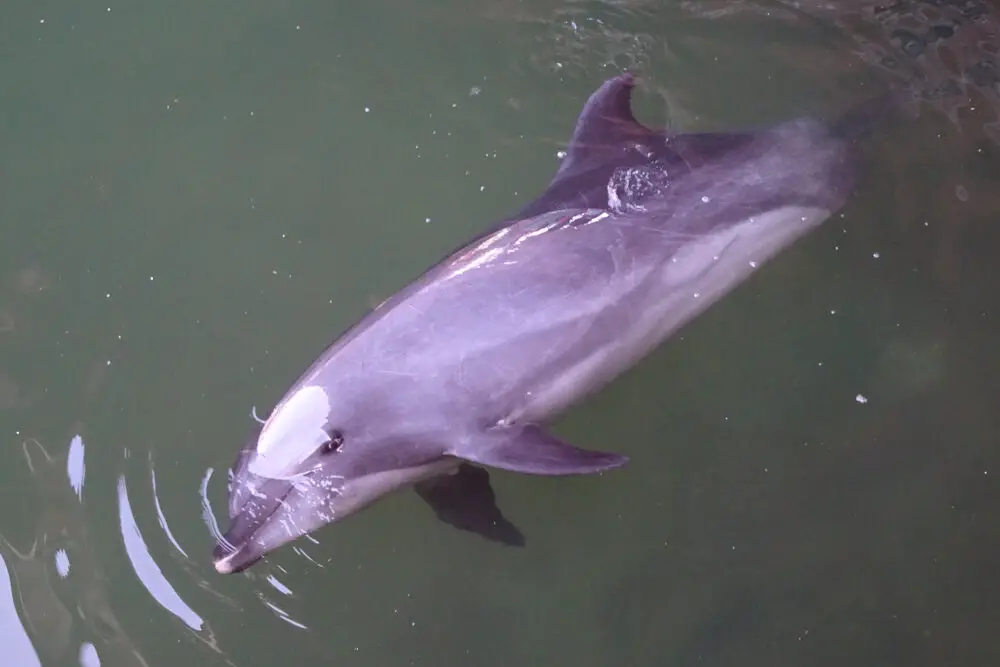
Imagine being able to take a nap while staying completely aware of your surroundings. Dolphins have cracked the code. These marine mammals sleep with only half their brain at a time—a skill called unihemispheric slow-wave sleep. While one half of the brain dozes off, the other half remains awake and alert, making sure they keep swimming, breathing, and avoiding predators. It’s like having a built-in security system that never takes a break.
But it gets even weirder. Dolphins don’t just float lazily while resting. Some swim in slow, dreamlike circles, while others glide alongside their podmates, perfectly synchronized in their half-asleep state. If humans had this ability, we could take power naps during boring meetings, all while looking totally engaged. But if you think sleeping with half a brain is impressive, wait until you meet a creature that sleeps while flying.
2. Frigatebirds – The Sleep-Deprived Sky Kings
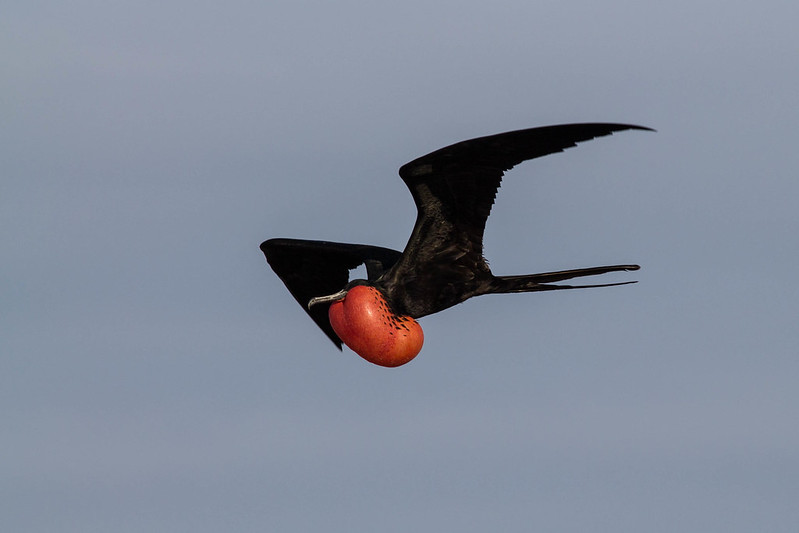
Picture this: you’re soaring thousands of feet in the air, the ocean stretching endlessly beneath you, and you suddenly drift off into a micro-nap. No worries—you’re a frigatebird, and that’s just how you roll. These birds can sleep in midair, taking tiny naps of just a few seconds at a time while gliding for days, even weeks, without landing. Scientists have found that they clock in as little as 42 minutes of sleep per day during long flights, making them the ultimate insomniacs of the sky.
They accomplish this by shutting down only half their brain at a time—similar to dolphins—allowing them to stay balanced and navigate even while snoozing. When they finally return to land, they crash into deep, luxurious sleep, catching up on all the rest they missed. If people slept like frigatebirds, we could pull all-nighters and then hibernate for a weekend to recover. But flying while napping is nothing compared to an animal that sleeps hanging upside down in near-total stillness.
3. Bats – The Upside-Down Sleep Masters
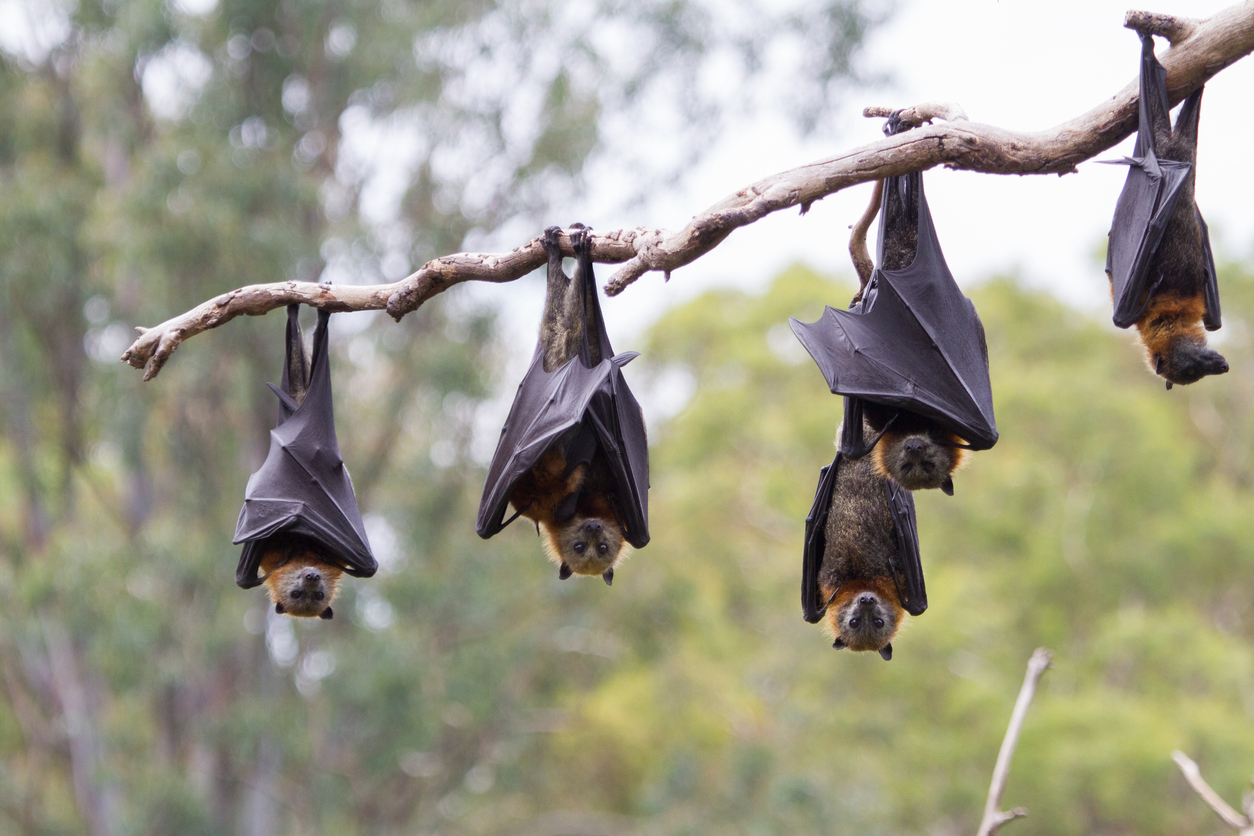
Sleeping like a bat means hanging by your feet, wrapped in your own wings, in complete darkness. These little night-flyers tuck themselves away in caves, tree branches, and rooftops, dangling motionless for hours. It might seem like an odd choice, but it’s actually genius. Hanging upside down keeps them safe from most predators, gives them a head start for takeoff, and requires almost no energy. Their claws naturally lock into position, meaning they don’t have to flex a single muscle to stay put.
And the weirdness doesn’t stop there. Some bats even go into torpor—a mini-hibernation mode—where their heart rate drops to just a few beats per minute, and their body temperature plummets. This allows them to survive cold nights or food shortages without burning too much energy. If humans could sleep like this, we’d wake up feeling weightless, refreshed, and possibly a little dizzy. But bats aren’t the only ones getting creative with gravity—some creatures take it a step further and sleep while standing up.
4. Horses – The Masters of Standing Naps
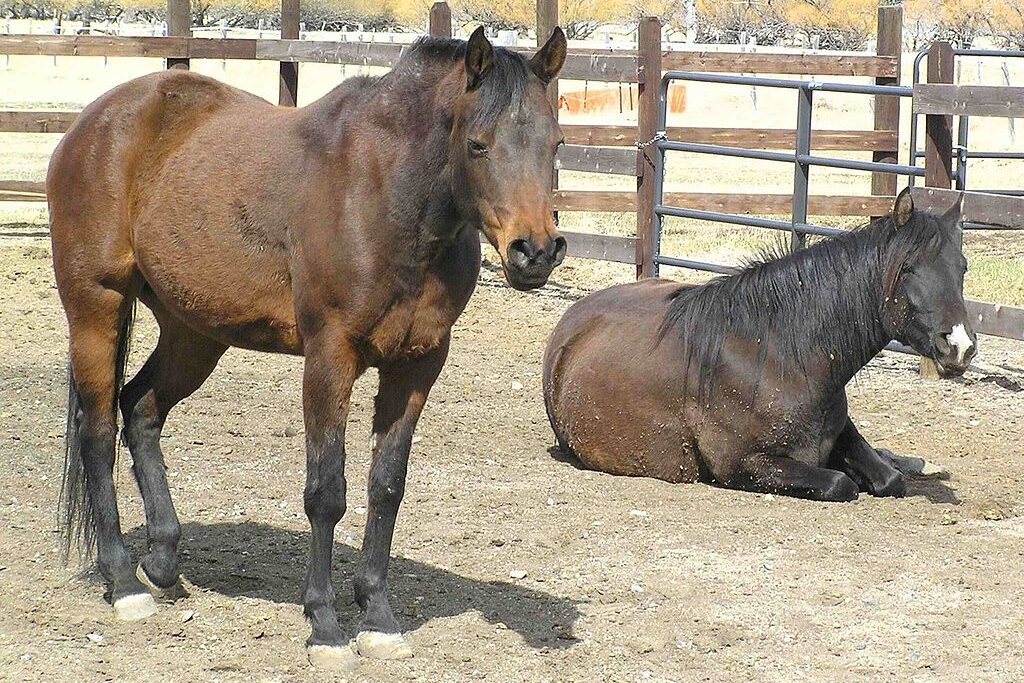
Have you ever been so tired that you wished you could just stop moving and doze off on the spot? Horses actually can. Thanks to a special locking mechanism in their legs called the stay apparatus, they can sleep while standing without collapsing. Their tendons and ligaments keep them perfectly balanced, allowing them to relax their muscles and take quick power naps throughout the day.
However, they do need to lie down for deep REM sleep, which they only get for short bursts. Sleeping upright helps them stay alert for predators, an instinct carried over from their wild ancestors. If humans could do this, we’d never have to worry about falling asleep on long commutes or missing our bus stop. But standing naps are nothing compared to an animal that sleeps for months without eating or drinking.
5. Bears – The Deep Sleep Champions
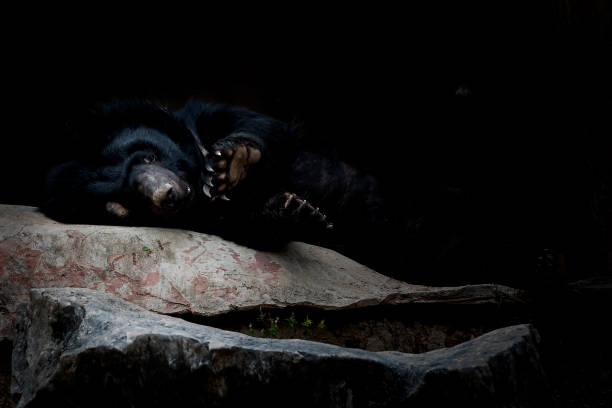
Bears take napping to an entirely new level with their months-long hibernation. When winter hits, they slow their metabolism, lower their heart rate, and curl up in dens for up to seven months without eating, drinking, or even using the bathroom. It’s not just a long nap—it’s a full metabolic shutdown, allowing them to survive freezing temperatures without needing food.
Even crazier, pregnant bears can give birth during hibernation, nursing their cubs while still half-asleep. Imagine waking up to find you’ve had a baby without even realizing it. Scientists are fascinated by how bears avoid muscle loss and dehydration during this time, with some even hoping to unlock secrets that could help humans survive deep-space travel. But if you think sleeping for months is wild, wait until you hear about a creature that sleeps with no brain at all.
6. Jellyfish – The Mindless Sleepers
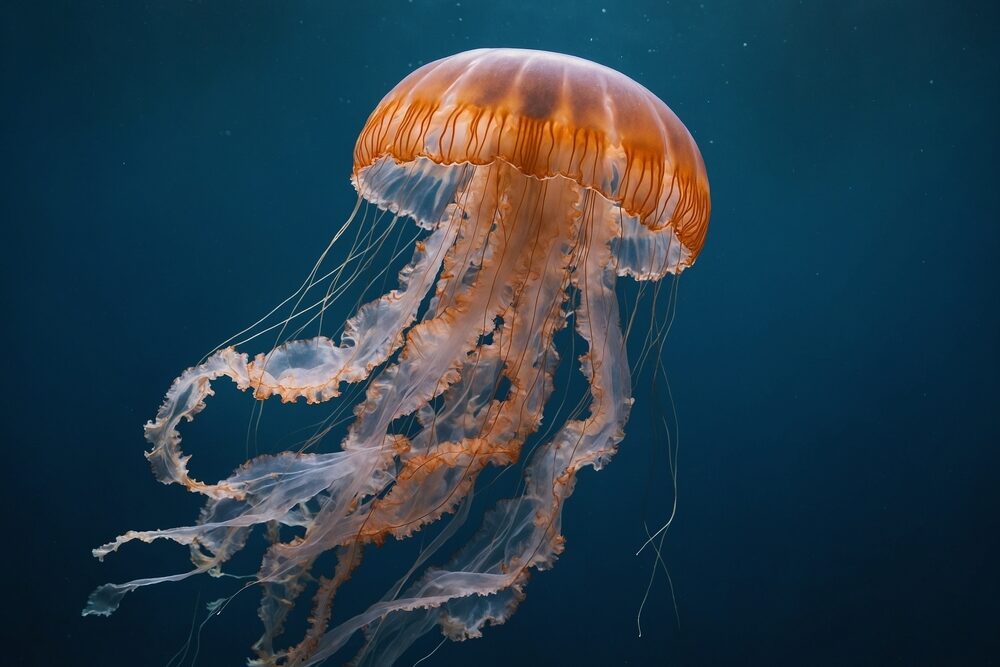
You’d think that to sleep, you’d need a brain—but jellyfish prove otherwise. These ancient, gelatinous creatures don’t have a brain, heart, or central nervous system, yet they still enter a sleep-like state. At night, they become sluggish, their pulsations slow down, and they respond less to stimuli, proving that even brainless animals need rest.
Scientists were baffled by this discovery, as sleep was once thought to be a function of complex brains. But jellyfish follow their own mysterious biological rhythms, shutting down for the night before resuming their hypnotic drifting by morning. If humans could sleep without a brain, we might finally have an excuse for forgetting where we put our car keys. But jellyfish aren’t the only ones who take an unconventional approach to bedtime—some creatures barely sleep at all.
7. Giraffes – The Minimalist Sleepers
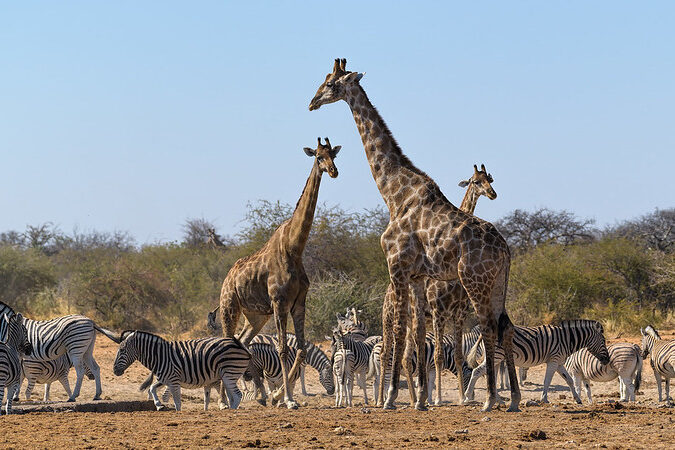
If there were an award for the least amount of sleep needed to function, giraffes would win by a mile. These towering giants get by on as little as 30 minutes to two hours of sleep per day, making them one of the most sleep-deprived animals on the planet. Their naps come in short bursts, often lasting just a few minutes at a time, and they usually sleep standing up to stay ready for predators.
When they do lie down, they fold their legs beneath them and sometimes even rest their heads on their backs in a strangely elegant pose. Scientists believe their ability to thrive on so little sleep is an evolutionary advantage, as staying alert helps them survive in the wild. If humans functioned like giraffes, coffee shops would go out of business. But if you thought sleeping for just minutes was extreme, the next animal on the list takes things to an entirely new level.
8. Sharks – The Eternal Drifters
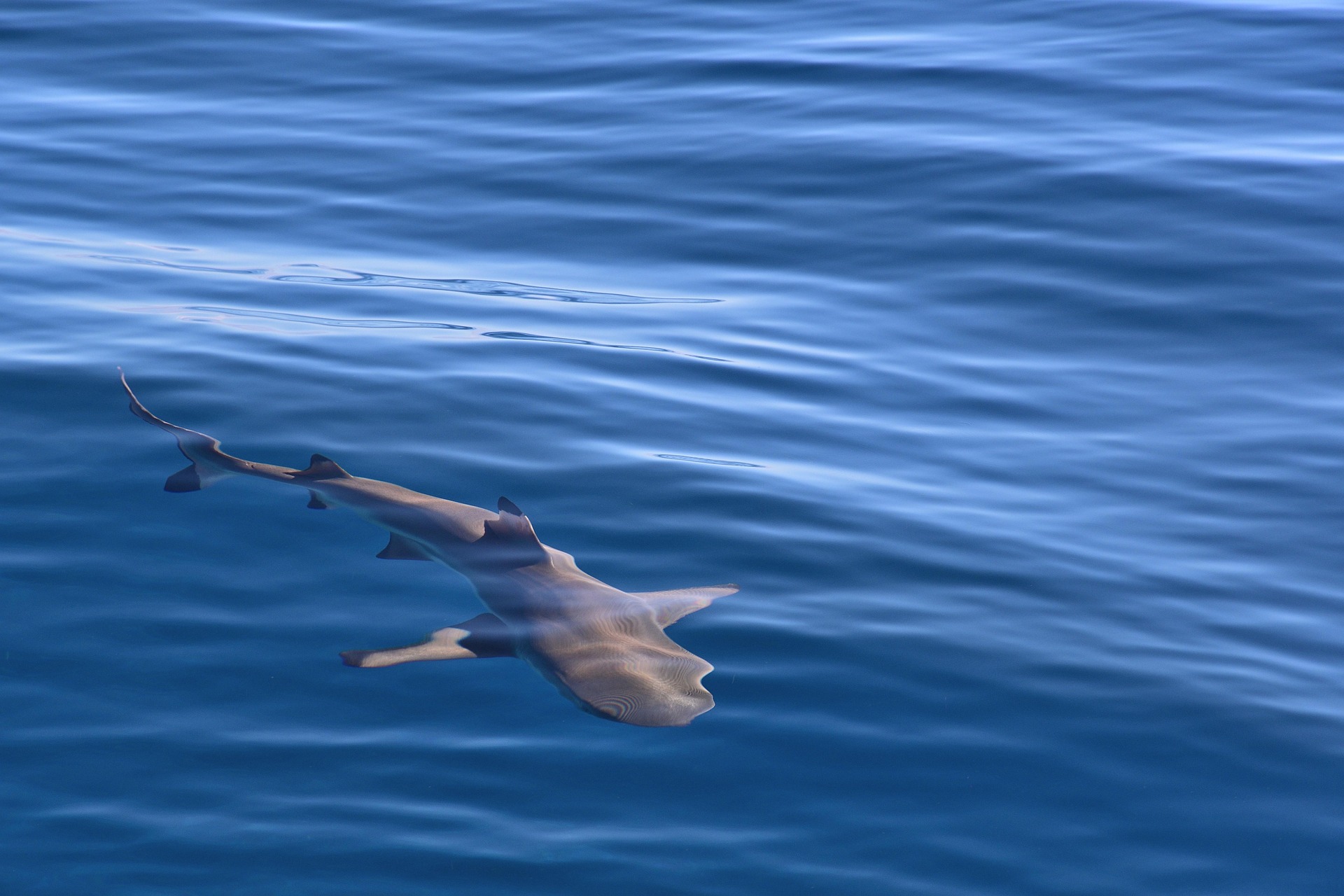
Sharks are the ultimate insomniacs of the animal kingdom. Many species never fully stop moving, as they need to keep water flowing over their gills to breathe. Instead of shutting down completely, they enter a trance-like rest state, where their brain activity slows but their bodies keep gliding forward. Some species, like the great white shark, rely on “ram ventilation,” meaning they must swim constantly or risk suffocating.
Other sharks, like the nurse shark, have a more relaxed approach, resting on the ocean floor while using special spiracles to draw in oxygen. Either way, sleep for a shark is less about lying down and more about keeping just enough energy to survive. If humans had to sleep like this, we’d have to jog in our sleep just to stay alive. It turns out, in the animal world, there’s no single way to rest—only a bizarre, fascinating collection of sleep habits that make our eight-hour routine seem pretty dull by comparison.


